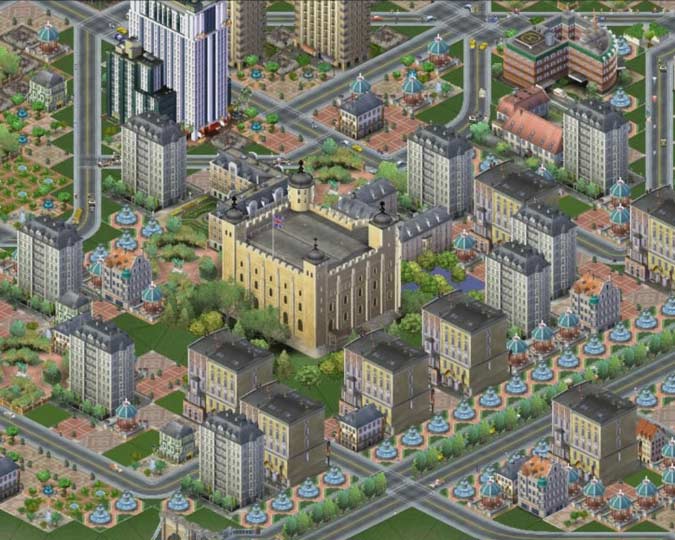The Museum of London and the Museum of London Docklands are overrun with Pokémon, and we need your help. We're calling all Pokémon Go trainers to come and catch 'em all in our free galleries. Through August 2016 we'll be setting lures on some of our five Pokéstops, offering free wifi, and asking you to share your best finds with us online.
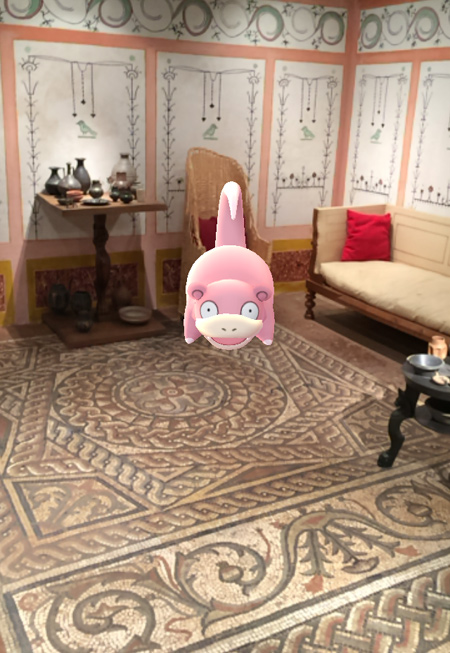
Museums are used to dealing with all sorts of pests. It's important to keep the precious objects in our collections safe from the various invasive creatures that can sometimes get inside a museum. But we're now suffering from a new and very different type of pest: Pokémon!
Our curators are practiced at keeping moths out of the costume store, chasing mice out of the archives, and stopping insects from nibbling our rare books. But we have no idea how to deal with this new infestation. We have three Pokéstops right outside the Museum of London entrance, and another two surrounding the building. So naturally, the place is swarming with Pokémon, getting in all sorts of unlikely places- hey, hey, stop that!
That is a priceless Roman mosaic! It's almost 2,000 years old, and it is certainly not meant to have Slowpokes jumping up and down on it. Someone throw a Pokéball, quick!
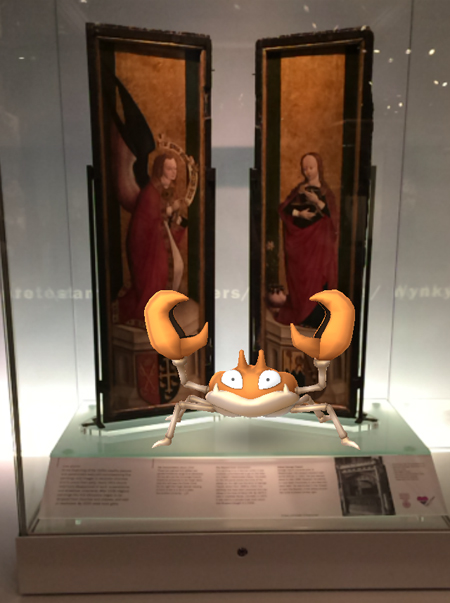
The Museum of London needs you...
We desperately need Pokémon trainers to visit the museum and help us capture these creatures. To help out, we're going to be putting lures on the Pokéstops around the museum every day between 11am - 2pm, starting on Friday 12 August 2016 and ending at the start of September.
Visiting the museum is completely free, and you can use our complimentary wifi to help keep you going as you hunt down- sorry, just one moment.
Get that crab out of that display case! Those medieval altar panels are very delicate- they've got real gold leaf on them. They're not supposed to have Pokémon anywhere near them.
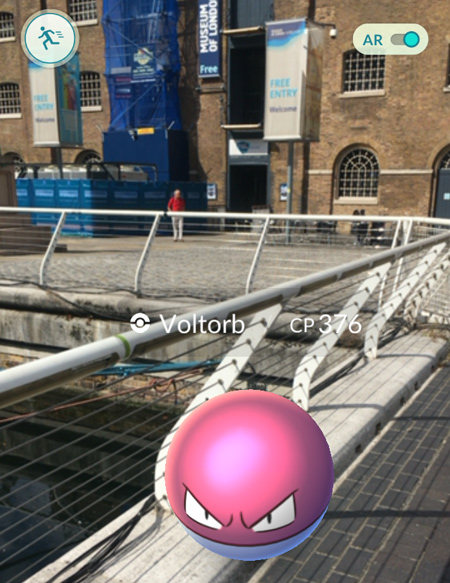
... so does Museum of London Docklands!
Things are worse than we thought- our second location, the Museum of London Docklands, is also reporting swarms of pesky Pokémon all through the building- and outside, too! Look at this cheeky Voltorb, menacing visitors just outside the main entrance. Our Docklands site is built into a preserved Victorian sugar warehouse, right at the edge of the West India Docks- which means we're especially overrun with powerful water-type Pokémon which urgently need catching.
Fortunately, there are five Pokéstops surrounding the Docklands museum, so trainers will be able to stock up with plenty of Pokéballs. We'll also be setting lures at Docklands, 11am - 2pm every day in August. You can step inside the museum and use our free wifi: anything to make it easier to capture some of these swarms of monsters. I've had reports of them everywhere, from Meowths lurking in our newly refurbished No. 1 Warehouse gallery, to Squirtles squatting in our special children's gallery, Mudlarks.
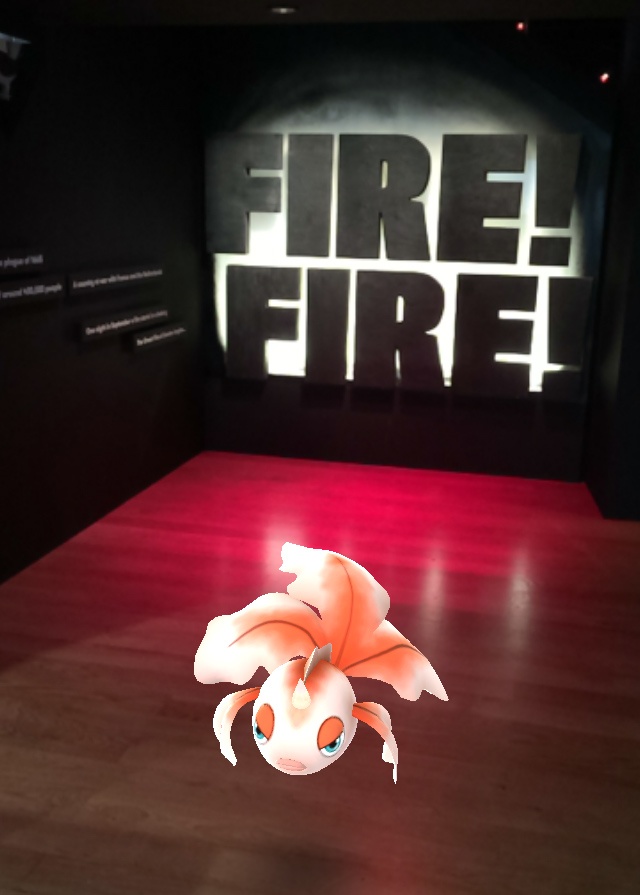
Share your success
Let us know about your recent captures by sharing your Pokémon pictures on social media, tagging @MuseumofLondon and using the hashtag #PokemonGO. We'll be especially impressed if you can show a Pokémon you captured while it was lurking on one of our exhibits.
While you're at the Museum of London, feel free to explore our galleries, or our new family-friendly exhibition, Fire! Fire! If it's good enough for this Goldeen to visit, it must be pretty fun.
See our online guides for how to plan your visit to the Museum of London and the Museum of London Docklands.
Happy hunting, trainers!
Want to know about the real pests that our staff have to keep out of the Museum of London? Take a look at our Collections Care department's Introduction to Museum Pests.










